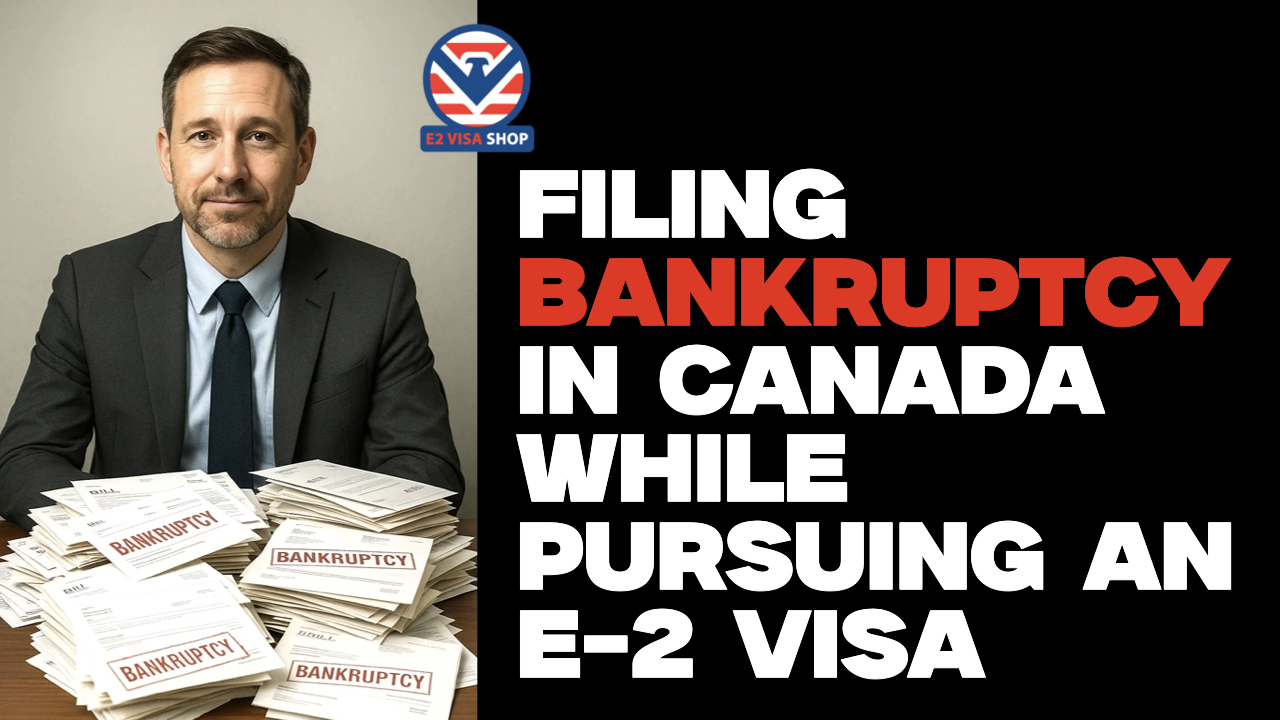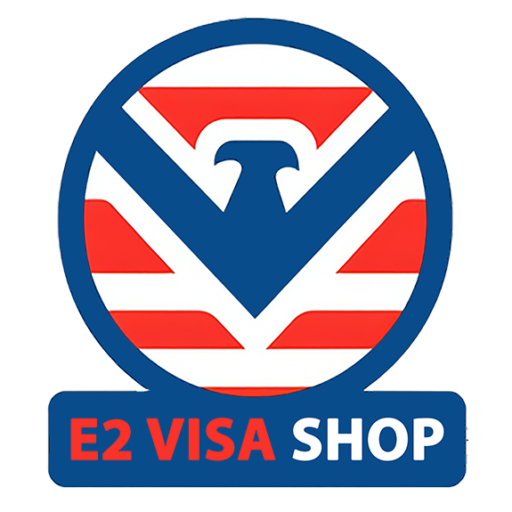
Let’s be honest—life happens. Business deals fall through. Credit dries up. Bills stack. And sometimes, the best option left on the table is bankruptcy.
If you’ve filed for bankruptcy in Canada and now find yourself thinking about a fresh start in the U.S. with an E-2 visa, here’s the real story: it’s possible. In fact, it’s more common than you think.
Canada Sees Thousands File Each Year
According to the Office of the Superintendent of Bankruptcy, over 90,000 insolvency filings were reported across Canada in 2023 alone. Out of those, around 60,000 were personal bankruptcies or consumer proposals. So if you’re in this category, you’re not some outlier—you’re part of a large group of Canadians who had to hit pause, restructure, and move forward.
The real question is: how you bounce back.
The U.S. Isn’t Judging Your Credit Score
One of the biggest myths out there is that a Canadian bankruptcy automatically disqualifies you from getting a U.S. visa. Not true.
The E-2 visa is based on investment, ownership, and business activity—not your Equifax file. A U.S. immigration officer isn’t pulling your Canadian credit report.
What they are looking at is:
- Where your investment money is coming from
- If the business is legitimate and active
- Whether the investment is substantial and “at risk”
- And if the business will generate jobs
Money Talks—Even If It’s From Someone Else
If you’ve come out of bankruptcy and don’t have personal capital ready to go, that’s okay. Many clients use family gifts, partner contributions, or secured loans to fund their U.S. business.
The trick? Clear documentation. You’ll need to show where the money’s coming from, why it’s legal, and how it’s already committed to the business. If it’s just sitting in a bank account untouched, that’s a red flag.
Your Business Plan = Your Comeback Story
This part matters. If you’ve had financial setbacks, your business plan becomes the centerpiece of your application. It needs to show:
- A real business with a clear growth path
- Revenue and expense projections that make sense
- How and when you’ll hire employees
- Why this business can work now, not “someday”
This is where you show that you’ve learned from the past and are building something smarter, leaner, and more focused.
Bankruptcy Doesn’t Mean You’re Broken
People bounce back from bankruptcy all the time. Canada’s laws are designed to give second chances. So is the entrepreneurial world.
Filing for bankruptcy doesn’t make you a bad candidate. It makes you human. If you’ve got a legitimate investment, a solid plan, and the guts to go for it, the E-2 visa is still on the table.
Final Word
Don’t let your past stop your future. If your next chapter includes the U.S., start building your story now—one that shows strength, strategy, and a little grit.
If you’re in this situation and need help structuring the business or figuring out your next step, reach out. The process can be complex, but it’s absolutely doable with the right moves.
